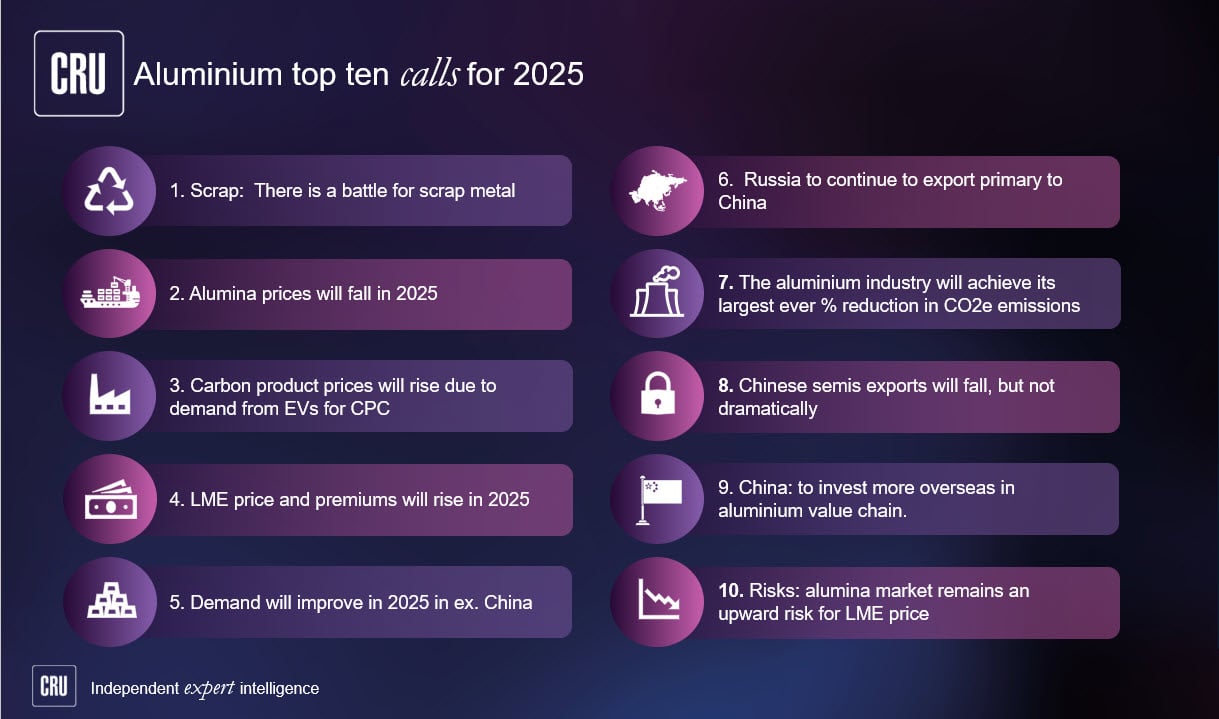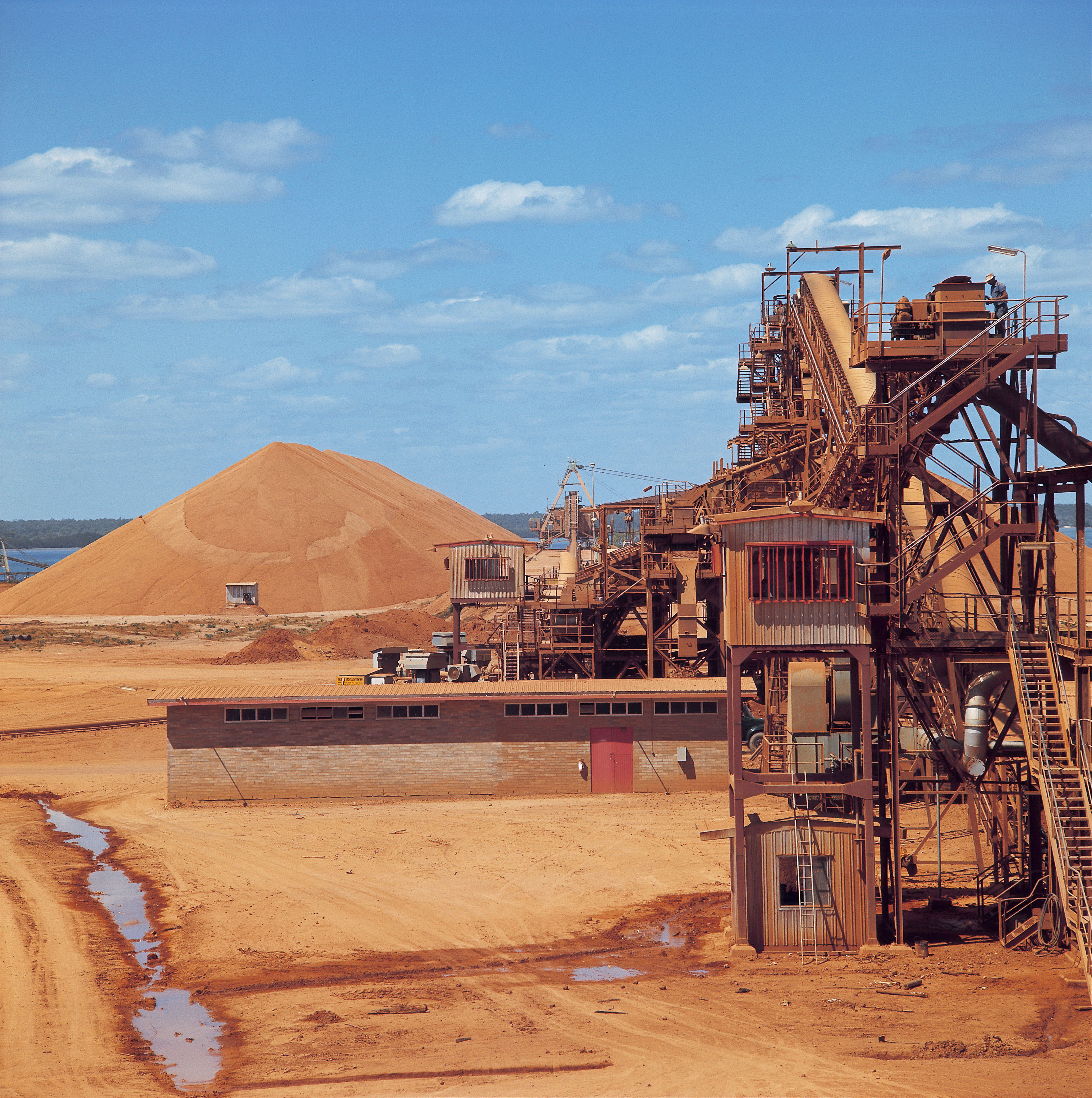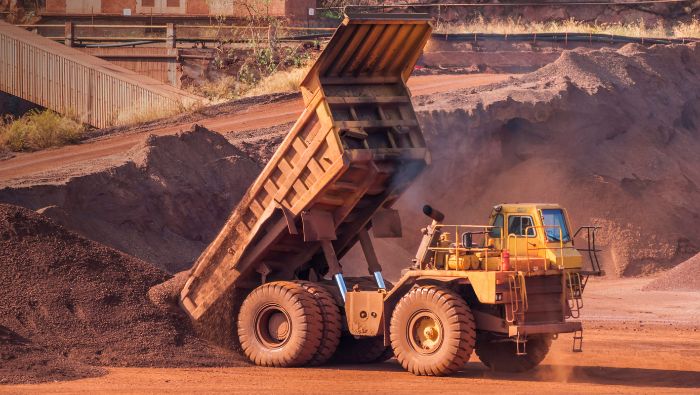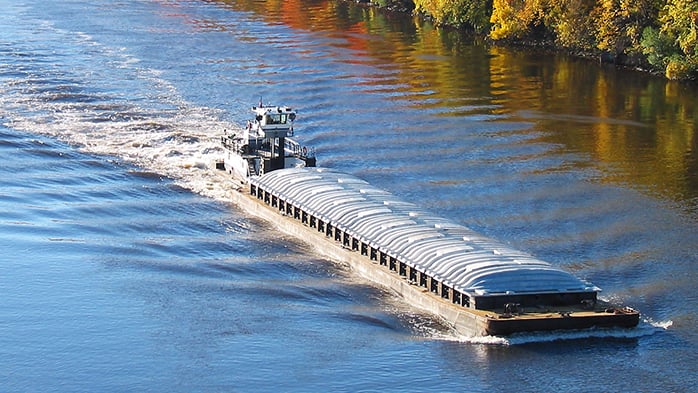China’s drive for increasing alumina production presented a new opportunity for Guinea to accelerate the development of its vast mineral endowment.
With China’s own bauxite supply declining in quality, and resource nationalism in countries such as Indonesia and Malaysia preventing more obvious sources, the matter became of key interest for China – and an opportunity for Guinea. This case study, concluded in 2019, describes how CRU helped a junior mining company demonstrate the commercial feasibility of its Guinean bauxite project to investors.
CRU’s work underpins the financing of many of the largest and most high-profile African mineral projects. We are trusted by investors to deliver the most authoritative independent assessment of a project’s commercial prospects.
Low freight rates offset Australia’s proximity advantage
Imported bauxite demand is expected to grow strongly due to increased Chinese requirements and, in the longer term, because of declining domestic ore reserves and ore quality. Meanwhile, exports from Indonesia have been disrupted by a push to convert bauxite to alumina locally, while Malaysian supply has been restricted by environmental issues.
This would evidently present an opportunity for investors in new bauxite projects in locations such as Guinea. Asian and Australian miners enjoy low shipping distances to China, but low freight rates and high-quality bauxite enabled Guinea to overtake Australia as the largest supplier in 2017. Although freight rates were expected to increase, those producers in Guinea able to ship using capesize vessels can offset the proximity advantage enjoyed by Australian miners who are generally restricted to Panamax vessels.
China’s main interest has been to secure bauxite supply in a bid to meet its requirement for increasing alumina production as well as to keep prices down via competitive pressure. Several of the bauxite projects being built by Chinese companies in Guinea are to serve captive refineries, rather than third-party demand: for example Weiqiao’s two projects of 17M tonnes per year (from 2020) will meet demand from its low temperature refineries in Shandong. It is critical for investors in new bauxite projects in Guinea and elsewhere to understand the contestable (third-party) market size in order to determine how a project will be able to place its product going forwards.
CRU looks at every part of the value chain to build its view
CRU builds up its view of the bauxite market from first principles. We present detailed market outlooks for aluminium, alumina and bauxite, so investors can see how drivers and risks in one part of the value chain affect the other parts.
CRU segments the bauxite market into integrated and third-party markets. Third-party bauxite demand occurs when a refinery purchases either a proportion or its entire bauxite requirements from a mine that is not owned by the refinery. That is, the refinery is not associated with the bauxite mine, and thus the buyer and seller are non-related parties. We also recognise that some transactions may be better classified as tied or related party transactions. In this grouping, we include demand for bauxite from refineries that are associated to the mine in terms of ownership but cannot be considered wholly integrated transfers, because transfers occur at fair market value transfer prices.
Our bauxite price forecast can be split into two periods, with different methodologies. For the short to medium term, the forecast can be regarded as a ‘cyclical’ forecast based on supply and demand, as well as forecast alumina and aluminium prices and freight rates. Over the longer term (beyond 5 years) the price is set based on the long run marginal cost (LRMC) and prices revert to this trend. The pace of reversion depends on the initial conditions in the market, as well as the size and timing of a capacity “gap” appearing.
The purpose of the value in use analysis is to find the price at which the target bauxite can compete with an existing bauxite supplier in China and other regions.
Our market analysis helps a greenfield project in Guinea
Our client was a junior mining company that was developing a greenfield project; CRU’s market analysis was a critical component of the project financing process. The particular challenges for the client were to demonstrate to potential investors that there would be sufficient third-party demand for bauxite during the project’s early years, and its resilience to cyclical price risk in the event of needing to ‘buy’ market share.
We showed how demand for bauxite is expected to grow strongly, and that Chinese bauxite production will decline due to deteriorating reserves and ore qualities over the longer term (10+ years). CRU expected the capacity gap to emerge and progressively widen from the early to mid-2020s, as the aggressive pace of refinery investments in China continued. By 2040, the capacity gap was expected to increase to 83 Mt, demonstrating a long-term need for investment in bauxite mining capacity.
In the early 2020s, however, we expected a short-term global surplus of bauxite as the result of mine ramp-ups in Guinea (including our client’s project), in Australia to a lesser degree and in China. In addition, with refinery closures in the US, CBG’s Boke mine has had to find alternative markets for bauxite that was previously delivered to this market, resulting in more shipments to the third-party market in China.
In that context, we foresaw that our client would likely need to take market share from existing suppliers to China, including Rio Tinto Alcan’s Weipa/Amrun and Gove. This posed some downside risk to our forecast of the netback FOB Guinea price, so it became important to test the project’s resilience during a cyclical downturn. We placed the project in the second quartile of the cost curve, giving investors comfort that it would be able to ride out a period of intense pricing pressure.
We also emphasised the importance of being ‘first to market’, ahead of other Guinean projects targeting the third-party market, and recommended strategies by which the client could tie up an appropriate portion of its sales in long term offtake contracts, significantly reducing volume risk. We identified potential clients, drawing on our research in China to understand the status of the operating and proposed coastal alumina refineries beyond what had simply been reported in the media.
We explained about the changing structure of bauxite pricing, which has generally moved towards shorter term contracts in the Pacific market as well as CIF or CFR based pricing. However, we noted how some Chinese buyers have begun to take a longer-term view both in terms of supply duration and price formulation with some degree of linkage to alumina or aluminium price indices. This presented some opportunities to the client to mitigate its price risk during the early years of operation.
We forecast the netback FOB Guinea price for our client’s bauxite, for investors to use in their financial model. Our client was proposing a premium product which would reduce caustic soda use and red mud costs at high temperature refineries compared to the Weipa benchmark product. Some of that quality advantage would be lost as we expected freight costs (time charter rates and bunker fuel prices) to rise relative to the more proximate Weipa bauxite, but we were able to demonstrate how the client’s plan to invest in trans-shipping to capesize vessels would go some way towards mitigating its locational disadvantage.
CRU’s authoritative independent assessment – and you
The declining quality of Chinese bauxite and the threat of resource nationalism in countries such as Indonesia and Malaysia present Guinea with an opportunity to accelerate the development of its vast mineral endowment. Investors in Guinean projects that target the third-party bauxite market are faced with two commercial challenges:
- Getting comfort that there will be sufficient demand from Chinese refineries that are short of bauxite, in the short term as well as the long term, and securing that demand before competing projects get there first.
- Determining whether the high product quality and low mining costs are sufficient to offset Guinea’s freight disadvantage to China, compared to Pacific market suppliers.
CRU combines a depth of research in China with its pioneering bauxite and alumina cost research to help our clients meet these challenges. CRU’s work underpins the financing of many of the largest and most high-profile African mineral projects. We are trusted by investors to deliver the most authoritative independent assessment of a project’s commercial prospects.
For more information on how CRU’s consulting team could help your business contact us via the form below














